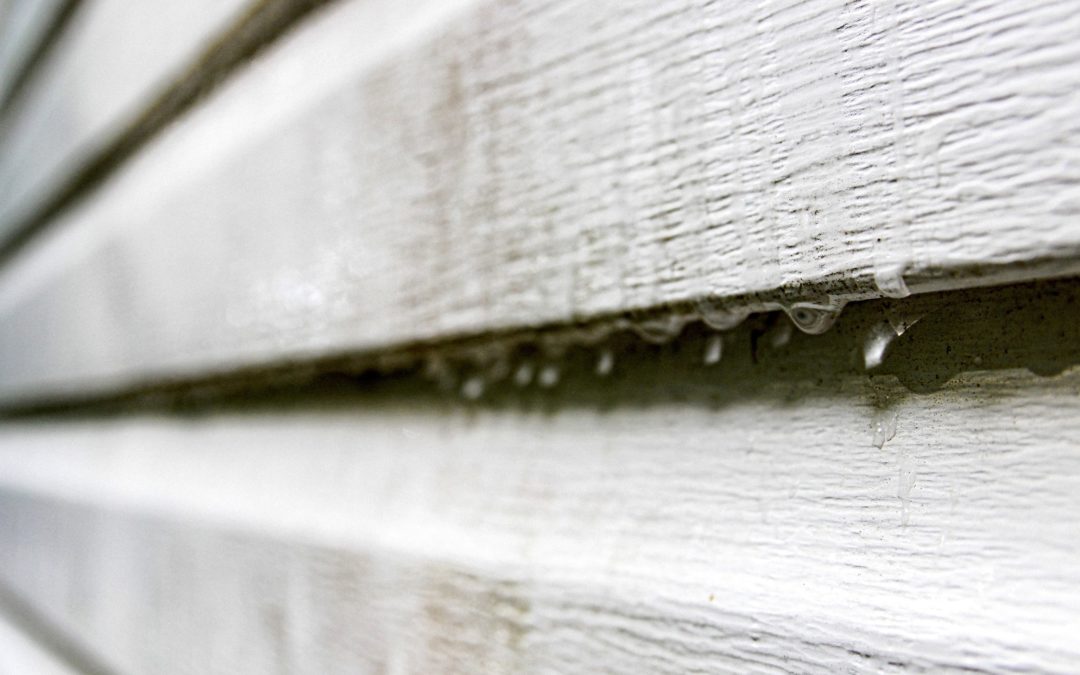Is there mold growing around your siding? If you think you might have a mold problem in or on your home’s exterior, it is important to take action right away. Mold can pose serious health risks to the people who live in the house where it grows, even if they are not directly exposed to its spores. Although most types of household molds are not toxic, fungi that grow inside homes pose many dangers, including allergic reactions and respiratory problems.
For this reason, finding mold early – before it begins to damage the home’s outer walls – is key to preventing further damage to both people and property. Without regular inspection for signs of mold – such as discolored siding, dampness, and spotting or staining on the exterior of the house – even a seemingly small problem could quickly develop into a major issue.
Keeping An Eye Out For Mold On Your Home
When you think about how to spot signs of mold in and around your siding, it is helpful to look for common warning signs that usually indicate the presence of mold:
- Damp spots on outside walls
- Discoloration on siding (usually dark spots)
- A musty smell inside the home
If you do find any of these signs near or around your property, it is best to call professionals who can determine whether there is actually a problem with mold on your siding.
What Can I Do About Mold?
If mold is found in and on your siding, it usually must be removed completely to prevent further damage and the possible spread of spores to other parts of the home. If you find black spots or dark stains on exterior walls of your property, the best thing you can do is immediately begin inspecting for signs that mold may be growing in or around your siding. The sooner a problem with mold is detected, the easier it will be to solve.
In addition to removing the mold from the surface where it grows, if there is an infestation inside your house as well, all affected areas must also be pressure-washed with a disinfectant before being repaired or replaced. For serious cases of mold, restoration specialists may need to be brought in.
You should also look into why the mold has formed in the first place. Some common reasons for mold growth include:
- Water damage (caused by floods or leaks)
- Ventilation problems (due to poor insulation or other issues)
- High humidity (in spaces like bathrooms).
If you find that there is a reason for the mold’s development, check to make sure it has been resolved before beginning to deal with the actually cleaning process. For help with any type of mold on or inside your siding, reach out to us here at Stanley Exteriors. We are here to help!
